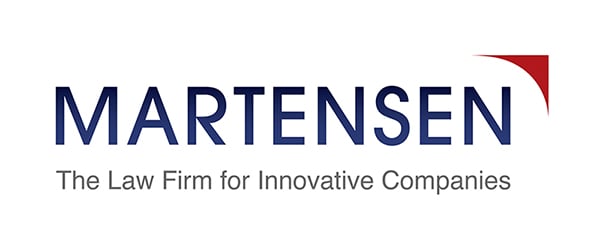Innovating In A World Averse To Change
Innovation and new technology are often synonymous. Scientists, tech company founders, engineers, technologists and inventors alike all innovate. Each, in their own way, is a problem solver striving to address a technical problem with a technical solution. In many instances—and in arguably the majority of instances—these solutions provide a better widget or a better process than existed before.
So why are not all of these “solutions” gobbled up? Why are companies reluctant to adopt a process or a device that is objectively better than the process or device currently in use? Why are some seemingly great innovations left to wither on the vine? To innovators, this lack of adoption is incomprehensible. And yet, many start-ups holding incredible innovations that solve deeply rooted technical challenges find it difficult to gain market traction. Why? Inertia.
The Inertia Issue
Inertia is the tendency to do nothing or remain unchanged. A couple of innovators named Galileo and Newton unified the notion of rest and motion into the concept known today as inertia. So, what does that have to do with today’s innovations? Everything.
Innovators embrace change. Indeed, they seek out change in creating an innovation. To them, innovation and change are the essence of success.
Companies and many individuals, however are less enthusiastic when it comes to modifying the status quo. A business does not exist to embrace everything new and innovative. Rather a company arguably exists to add value for its stakeholders. That generally means increased revenue or at least a positive return on an investment.
So, when a new or “better” technology is proposed, the first question from the C-suite is, “Why?” Why should we adopt this new innovation? What is the expected return on the investment? Are there disruptive costs to consider? Will our customers adopt this new technology and be willing to pay for such an investment? Collectively the question becomes whether the advantages exhibited by this new innovation outweigh the risks and costs.
The Cost of Technology Adoption
Business inertia takes many forms and change can be, and often is, costly. Even when a new piece of technology is clearly superior and offers long-term benefits, there is a distinct transition period from old to new. And during this period, the company is less efficient, more prone to errors and less productive.
Said more succinctly, change costs money. And it may, in some instances, be less profitable to adopt new, better technology than to continue using existing systems.
Consider a contract in which a vendor is paid for their efforts on a time-and-material basis. If material cost is constant, the customer gains a better value if the vendor can complete the task in the most efficient way possible. And yet, the vendor actually gets penalized for being more efficient. If by adopting a new, more efficient process they can complete their task quicker, quicker translates to fewer billable hours and less revenue. Thus, in this scenario, a disincentive to adopt new, better innovations exists.
Certainly, a well-drafted contract will foresee such an instance and reward those companies that adopt new technology, thereby creating savings for their customers. But an innovative company would be shortsighted to believe that just because they have created a better widget, customers will abandon their current thingamajig for the newest and brightest doodad.
Innovation and IP
Protecting intellectual property (IP) is an important step for any innovative company. However, such protection is amplified when tied to a sound implementation strategy that demonstrates to would-be customers not only the advantages and savings gained by adopting a new innovative approach, but also the costs and risks of not doing so.
Too often companies rely on a patent or trademark as the answer to competition or market capture when, in reality, the planning of how to use those tools is just as critical.



